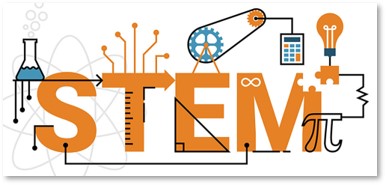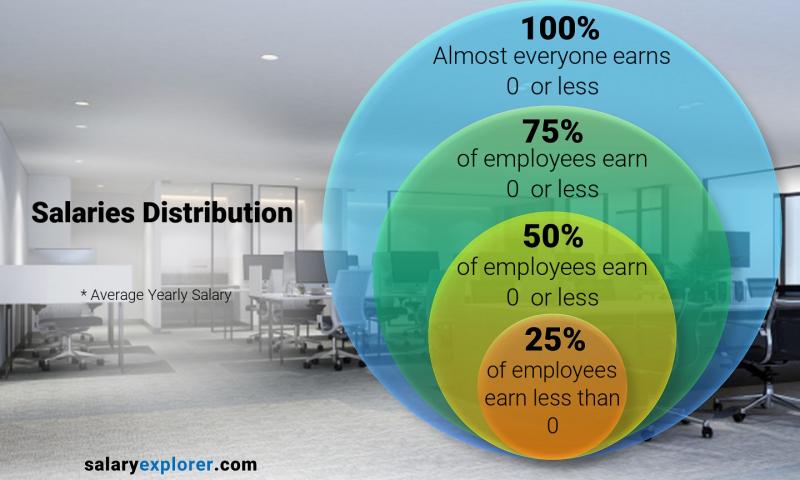
Aerospace engineering encompasses the design and development of spacecraft, satellites and other vehicles. It is an inter-disciplinary field. Aeronautical engineering is one of the major branches, while astronautical engineering is another. Aeronautical engineering is focused on designing and building aircraft. Avionics Engineering is focused on electronics. It is a very lucrative field. It is not for everyone. You may need to have advanced degrees for certain positions in aerospace engineering.
Aerospace engineering is one subset of mechanical engineering
The broadest definition of mechanical engineering is the design, construction, and maintenance of machines that move and produce power. This type of engineering has many applications, and mechanical engineers work in a variety of industries. They can create anything from cars to spacecraft or weapons systems. Aerospace engineers are able to study the aerodynamics, or the movement of an aircraft. Although aerospace engineers are most often employed by the military, they can also be found working in a variety of commercial enterprises.

It is based in theoretical physics
Aerospace engineering can be based on fundamental principles such as fluid dynamics, aerodynamics and flight dynamics. Although aerodynamics is heavily empirical, its fundamental principles are based on equations. Many aerospace engineering degrees require that you also have a concentration of hydrodynamics or aerodynamics. These subjects are closely related. Ultimately, aerospace engineers may be involved in designing military or civilian aircraft, spacecraft, and unmanned aerial vehicles.
It is based in computational fluid dynamics
Computational fluid dynamics (CFD) is an emerging technique in aeronautics that is heavily used in aircraft design. CFD is a computational technique that calculates the flow of complex systems. This technique offers a complete solution at a lower cost than other numerical and experimental methods. These are some of CFD's most commonly used applications in aerospace engineering. Read on to learn more.
It is based in materials science
Aerospace engineering can be applied to many branches of science. This area focuses on the use of materials and their properties to create efficient and safe vehicles. Solid mechanics is concerned with stress and strain analysis of vehicles. Aeroelasticity deals with the interaction between aerodynamic forces, structural flexibility, and aeroelasticity. One example of Acoustics is the design of components that can resist vibrations and flutter. Another branch of aerospace engineering is avionics, which deals with the use of computers in aircraft. Avionics refers to the development and maintenance of systems that monitor, control, and monitor aircraft performance, communications, or navigation.

It involves simulations on supercomputers
Researchers at Stanford University are trying to quantify the uncertainty in the computations performed by supercomputers for aerospace engineering. They are studying the engine that drives hypersonic aircraft through the atmosphere at six to twelve-fold the speed of sound. Correcting for computational uncertainty will help scientists produce more accurate simulations. Although supercomputer simulations are not perfect, they are a good start. Scientists can then use such models to improve hypersonic aircraft.
FAQ
How long does an Engineer take?
There are many ways to get into engineering. Some people choose to study right away after graduating from high school. Others prefer to enroll in college.
Some students will join a degree program straight from high school, whilst others will join a two-year foundation degree program.
After they have completed this degree, they may continue on to a three- or four year honors degree. They could also choose to pursue a master's program.
Before you decide which route to take, think about your career goals once you are done with school. Do you plan to continue in education or enter the workforce?
The time taken to complete each stage will vary depending on what university you go and whether you're taking a full or part-time course.
It's important to remember, though, that there isn't always a direct link between the time taken to complete a particular qualification and how much experience you have when you graduate. Even if you spend only one year in college, that doesn't necessarily mean you will have the necessary skills to become an engineer.
What does a Chemical Engineer do for a living?
Chemical engineers combine science, math, engineering, technology, business skills, and science to create chemical processes, products and equipment.
Chemical engineers can specialize in areas such as petroleum refining, pharmaceuticals, food processing, agriculture, textiles, plastics, paper, mining, metallurgy, and power generation.
They work closely together with scientists and other researchers to solve technical difficulties.
What do civil engineers do?
Civil engineering is the creation and construction of structures like roads, bridges or buildings, dams or tunnels, as well as other large-scale projects. It includes all aspects, such as foundations, geotechnics. hydraulics. soils. Environmental impact assessment. Safety analysis. Traffic management. Civil engineers ensure that the project meets its objectives while being cost-effective and environmentally friendly. They must ensure that the structure is safe and durable.
They also assist in planning and implementing public work programs. They may oversee, for example, the design and construction of roads, bridges or tunnels.
Statistics
- Job growth outlook through 2030: 9% (snhu.edu)
- Typically required education: Bachelor's degree in aeronautical engineering Job growth outlook through 2030: 8% Aerospace engineers specialize in designing spacecraft, aircraft, satellites, and missiles. (snhu.edu)
External Links
How To
How to Use An Engineering Ruler
An engineering ruler is a tool that engineers use to measure distances. Engineers have been measuring distance since ancient times. The 3000 BC mark was the date that the first measuring device was created.
While rulers still exist in modern times, their use has been greatly modified. A metric ruler is the most popular type of ruler. These rulers are marked off in millimeters (1 mm 0.039 inches). Metric rulers are usually rectangular in shape and come in many sizes. Other rulers may include graduations, millimeters and centimeters. For example, 1 cm equals 2.54 mm.
You won't find engineers today using a traditional manual ruler. They would use a digital version, which measures in millimeters. It functions in the same way as a regular digital scale but has markings that correspond to different length units. Find out more information about them here.